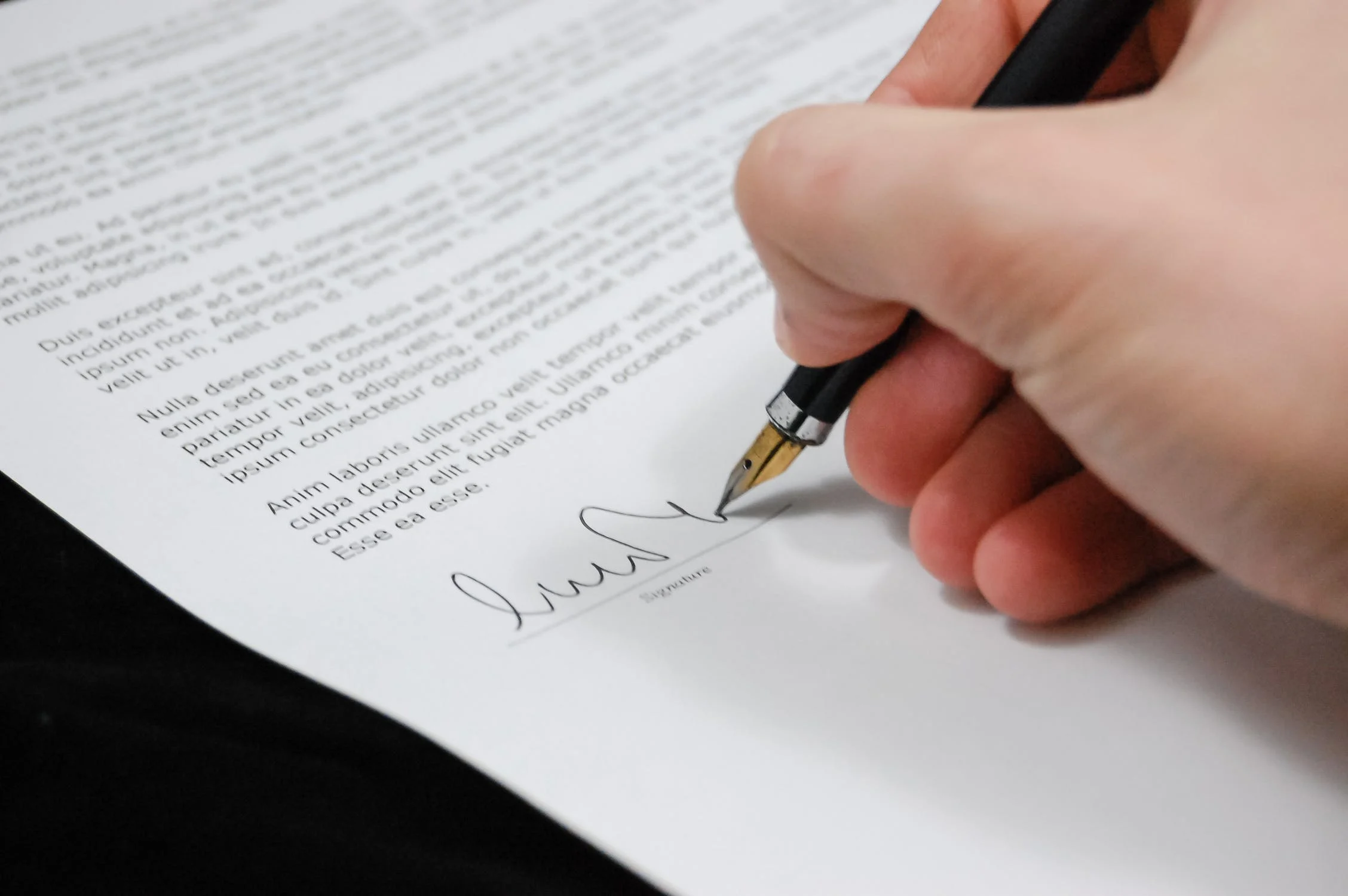A conveyance law is applicable to the sale of real property and the transfer ownership. In real
estate transactions, the terms “conveyance”, “law” and “law” can be used interchangeably. A
deed is an important piece of real estate documentation that lays out a property’s conditions and
ownership. It also includes information about the buyer, seller, and property. In some
jurisdictions, a deed is used to transfer ownership of a home.
What is a conveyance? Conveyancing involves the transfer of property rights using a written
instrument. Most commonly, it is done through a document called a deed. The deed transfers
property ownership and creates lien over the property. In some cases, a mortgage will also be
transferred through a conveyance. It could also be via a gift or inheritance. No matter how the
conveyance is done, laws must be followed.
The principles of conveyancing coburg laws are universally Conveyancing Melbourne and generally apply throughout the
United States. The United States law states that a conveyance must be considered a valid
contract between the recipients. After delivery, a conveyance can’t be retracted. An unmarried
male cannot revoke a marriage only conveyance. A conveyance that names trustees cannot be
revoked likewise by a married male.
A conveyance law is an agreement between the seller and buyer transferring ownership of a
property. It is a legal document that states the price and transfer date agreed upon by the
parties. The document also lists the obligations of both sides. A conveyance law is essential if
there are any issues during the conveyance. A buyer could be sued if a conveyance fails.
A deed is one of the most important pieces of property ownership documentation. It transfers the
property title from one person or another. Conveyance documents come in many forms,
including mortgage deeds. Gift deeds. lease deeds. and sale deeds. Before executing a
conveyance, the seller must ensure that there are no legal encumbrances to the property.
A conveyance deed must be signed on non-judicial stamp papers and must be registered at the
local office of the sub-registrar. Upon completion, the document is signed by both the buyer and
seller and must be attested by two witnesses. Although registration of the deed is required, it can
vary from one state to another. Stamp duty is sometimes paid by the purchaser of a property in
certain states. Each state has a different stamp duty.
What is a Conveyance Law?
Posted on June 28, 2022 by Noah Mitchell

0